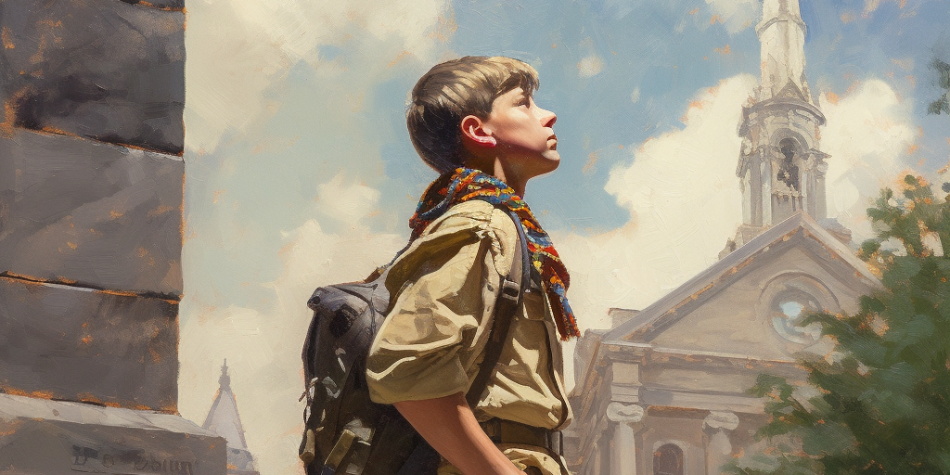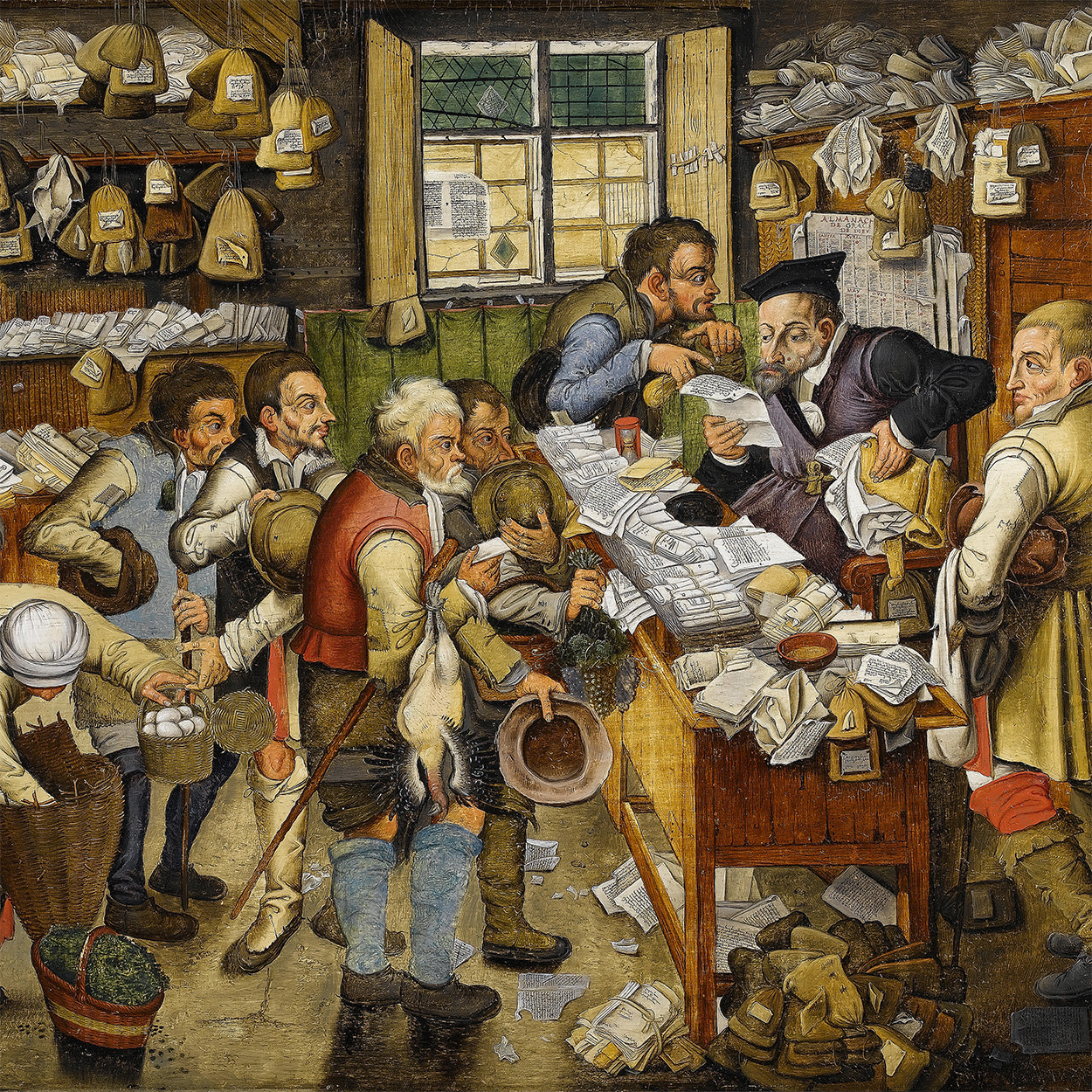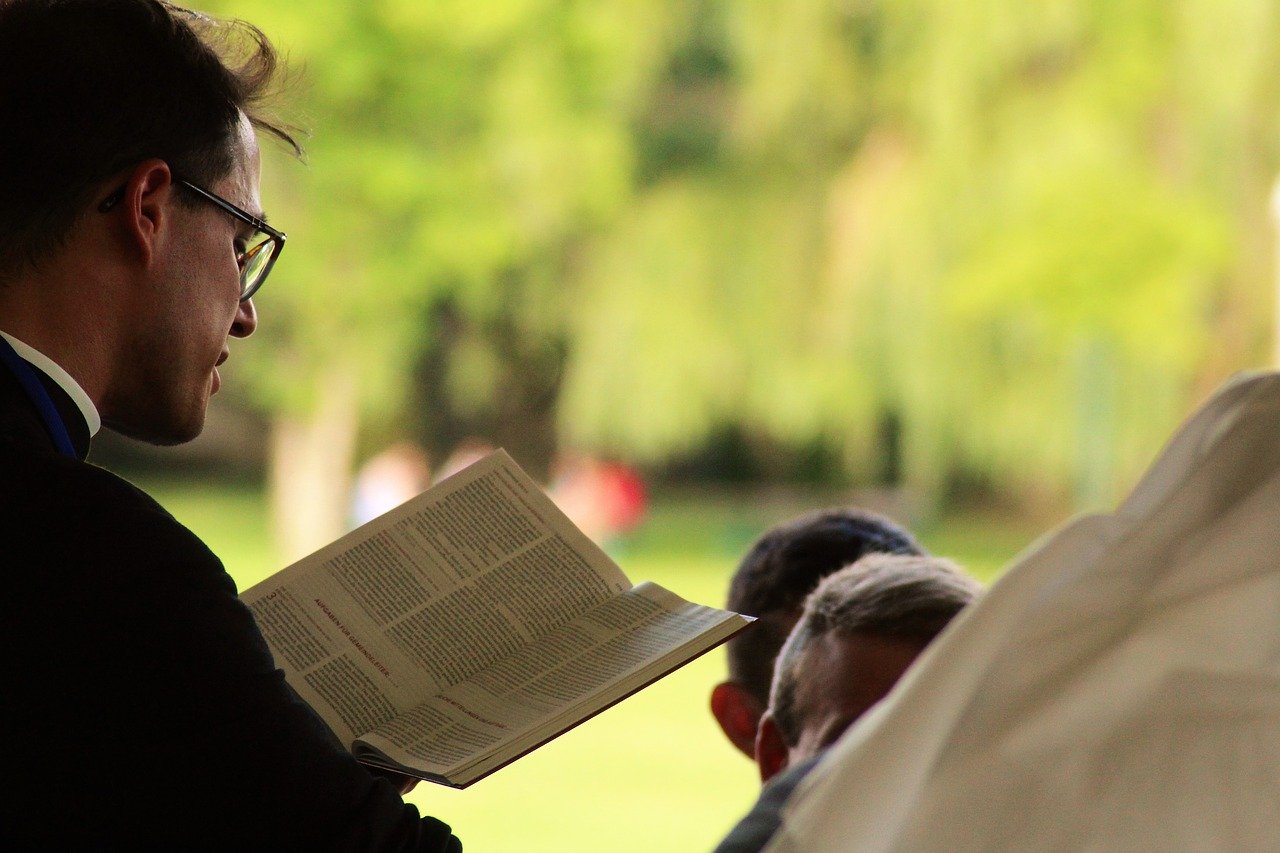On April 19, 2023, The Boy Scouts of America (BSA) announced they had cleared the final hurdle before emerging from Chapter 11 Bankruptcy. The U.S. 3rd Circuit Court of Appeals approved their plan for compensating victims of sexual abuse. That plan included an agreement with their insurers, all the local councils, and some of their sponsoring organizations to create a $2.4 billion settlement trust to compensate victims. This is the largest sexual abuse compensation fund ever.
The reality of even one case of abuse is tragic, let alone many times. Any abuse is too much, and every part of this is sad—including when it took place within Latter-day Saint units.
All parties who contribute to this fund will be relieved of liability. The Church of Jesus Christ of Latter-day Saints, in response to Latter-day Saint abuse, will contribute $250 million, or 10.41% of the fund. Latter-day Saint abuse cases was far lower.
Well, not so fast. There are 82,000 claims against the BSA; some of those are court cases, and others are people who can make a claim against the settlement fund without going to court. Every single one represents a heartbreaking story where the trust of a child was broken.
There is no publicly available way to access all of those claims right now; perhaps someday, when the settlement process is over, there will be. However, the Boy Scouts have kept records of abuse happening in their ranks for almost 80 years in a system officially called “The Ineligible Volunteer Files,” but colloquially referred to as the P-Files. P for perversion. A database of these files was created by the L.A. Times and can be viewed online. The oldest file goes back to 1947, and there are 5400 of them.
What do these records tell us about Latter-day Saint abuse in affiliated troops? If they represent 20-30% of BSA troops, are they responsible for that same proportion of abuse cases as critics claim?
I decided to investigate. I called up Stephen Cranney, a Ph.D. statistical analyst, to consult on a plan of how to best answer this question. We decided to analyze 10% of the files based on random sampling (540 files). Then I went to work reading and coding these files, a process that took over 40 hours.
Each file contains the name of the adult leader, some basic information about him (there are a handful of women in the database, but it’s 99% men), a summary of the abuse that is alleged, any relevant correspondence or legal documents, newspaper clippings, victim statements, photographs, and more. So, with some digging, it is possible to determine the percentage of abusers who came from a specific region, or a certain decade, or from troops sponsored by particular groups, including Latter-day Saint abuse.
About half of the files list the man’s religion, and almost all of them list the sponsoring agency. If a specific religion was listed, they were sorted based on those identifying cases of Latter-day Saint abuse. If religion was not listed, but the troop’s sponsoring agency was listed, they were placed into the same categories. Files that listed neither religion nor sponsoring agency (25 total in my sample) were thrown out since it was impossible to confirm if they were affiliated with any church. We then replaced those with 25 randomly drawn files that did contain the needed information.
The results were fascinating. Really fascinating.
While Latter-day Saint church-affiliated troops made up 20-30% of all BSA troops, the proportion of Latter-day Saint abuse cases was far lower—5.16%, to be exact. Any amount of abuse is too much.
In statistics, there is a way to determine if what you’re seeing in your data is really caused by the effect you think you see—or if it could be a fluke. In theory, I could have pulled files that happened to align with one result, while the true result is something quite different. The binomial probability test determines how likely it is that any result is a fluke of chance. The smaller the number, the better. That probability test yielded the following number: 0.000000000000000000188915—meaning that there is a ten quintillionth of a chance that the lower rates of Latter-day Saint abuse happened by fluke.
I reviewed 540 cases in total. But if you were to take a sampling of 100 case files, you will find 5 cases—not 30—that are affiliated with the Church. Another way to say the same thing is: You find about a quarter of the abuse that you’d statistically expect to find in Latter-day Saint troops.
Why do we see such lower rates of Latter-day Saint abuse? There are many potential reasons for this, which I’ve reviewed here in a separate piece. But I have one main theory: It’s the system of callings in the Church of Jesus Christ. In other organizations, if you want access to children, you can volunteer and be given it very quickly. In our system, you have to wait until you’re called. And this has a throttling effect creating lower rates of abuse.
Any amount of abuse is too much. And the members and leaders of our church must stay vigilant in order to protect children. This finding shouldn’t cause any of us to put our guard down against Latter-day Saint abuse. But what it can do is give you some peace of mind when you hear critics say that the Church is ducking its responsibility here. By paying 10% of the fund, we’re actually covering double our responsibility.
For further questions about abuse in The Church of Jesus Christ of Latter-day Saints you can refer to:
Are Publicized Abuse Cases Exceptional or Representative of Our Faith?
Should a Church Pay Damages For Reporting Abuse to the Police?

















